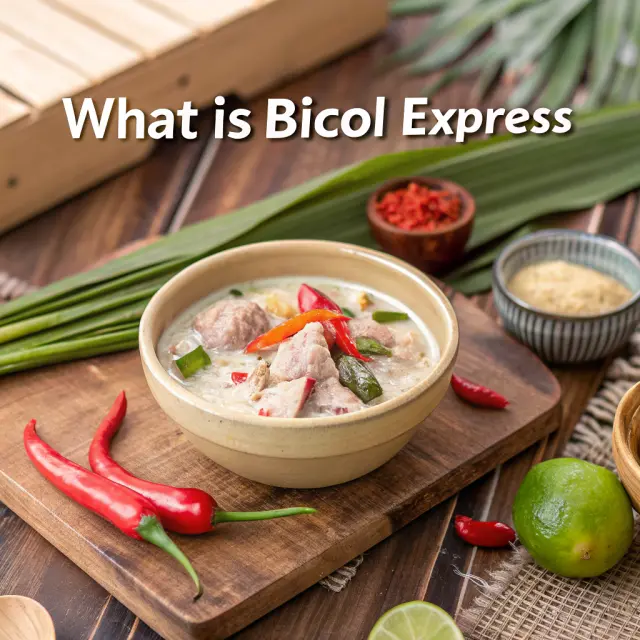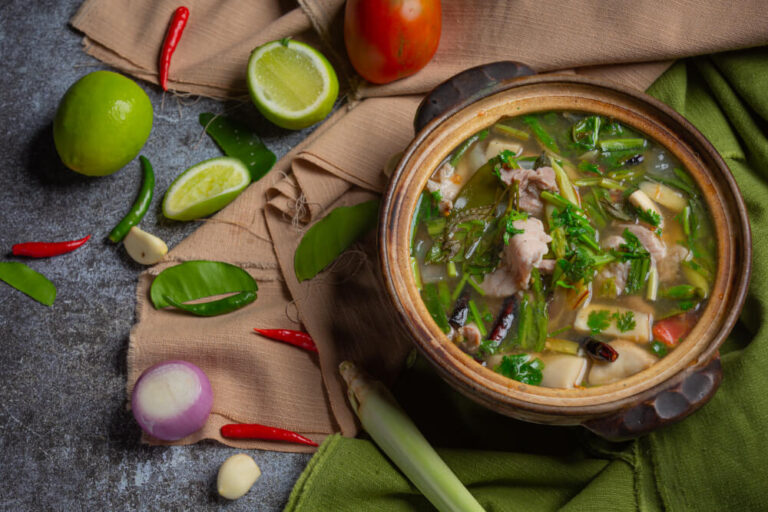What is Dampa
The term “Dampa” can refer to various concepts or entities depending on the cultural or regional context. As a term, “Dampa” is widely recognized in the Philippines as an iconic dining concept known for its unique approach to seafood dining.
History of Dampa
The concept of Dampa originated in the Philippines, where it began as a humble seafood marketplace. Traditionally, “Dampa” has been associated with places where fresh seafood from the market is prepared and cooked on-site by adjacent restaurants for customers. The experience allows diners to select fresh produce directly from the market stalls and then have them cooked to order in their preferred style by the associated eateries.
Dampa has since become an integral part of Filipino culinary culture. It offers an interactive, fresh, and personalized dining experience that showcases the rich variety of seafood available in the region. Over time, the concept has evolved and expanded, leading to the emergence of standalone Dampa restaurants that attempt to recreate this vibrant market-to-table experience. These standalone establishments often incorporate elements of local culture, such as the harana musical tradition explained, which enhances the dining atmosphere and celebrates Filipino heritage. Patrons can enjoy not only freshly prepared seafood but also the enchanting sounds of traditional music, making each meal a sensory experience. As Dampa continues to thrive, it remains a testament to the country’s diverse culinary landscape, uniting both food and culture in a communal dining setting.
Frequently Asked Questions
1. Where did the Dampa dining concept originate?
The Dampa dining concept originated in the Philippines, initially starting as seafood marketplaces where fresh catch was prepared by nearby restaurants.
2. What is unique about the Dampa dining experience?
The uniqueness lies in its market-to-table approach, enabling customers to choose fresh seafood directly from the market and have it prepared on-the-spot according to their preferences.
3. Are there variations of Dampa found outside the Philippines?
While the Dampa experience is rooted in Filipino culture, similar seafood market dining experiences can be found globally with regional adaptations.
4. What types of seafood are typically available at a Dampa?
Common offerings include a wide variety of seafood such as shrimp, crab, mussels, squid, and various local fish which are purchased fresh from adjacent market stalls.
5. Can the Dampa dining style be experienced outside of the traditional market setting?
Yes, many standalone restaurants have adopted the Dampa style, offering a similar seafood selection and preparation while trying to capture the authenticity of the original experience.


